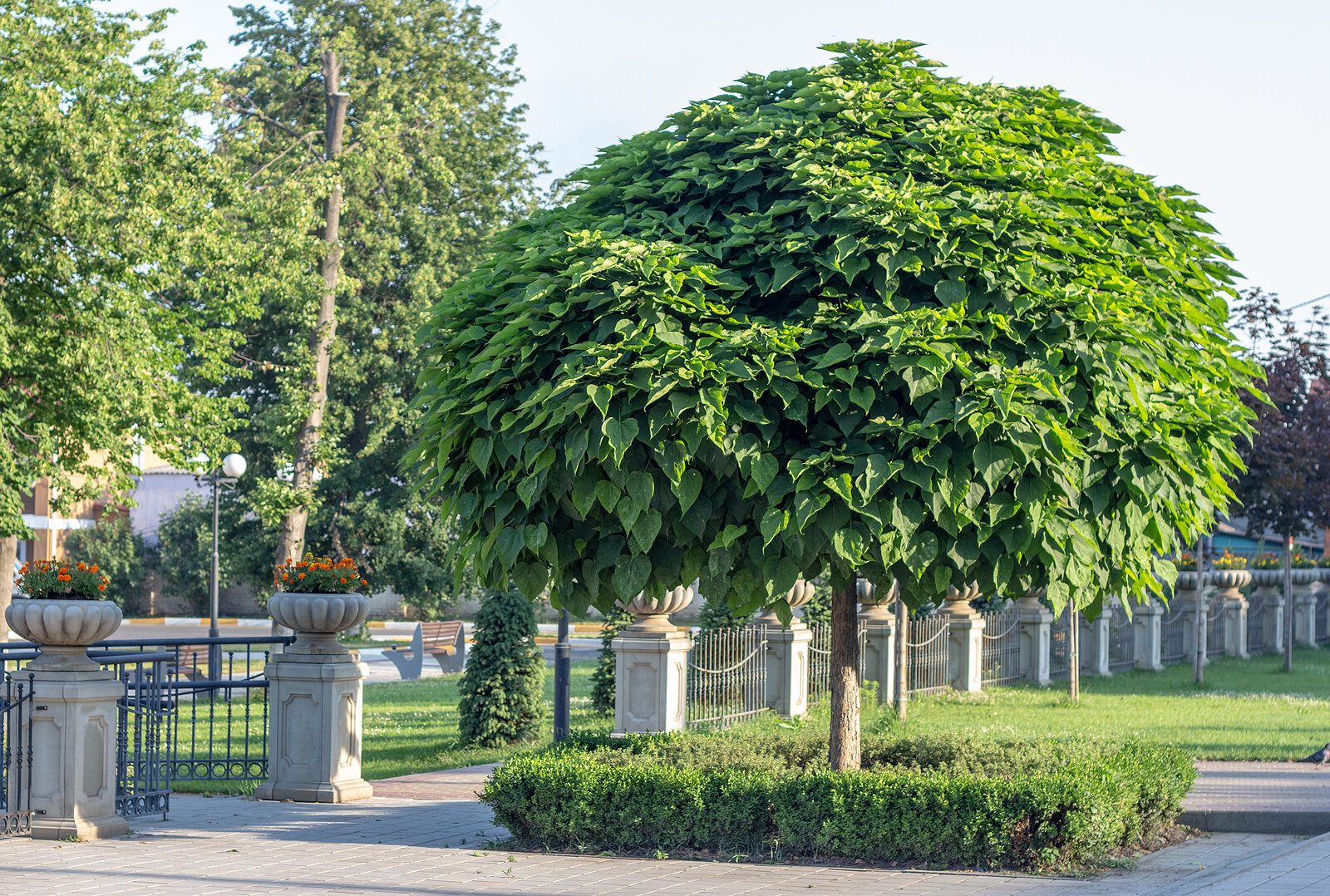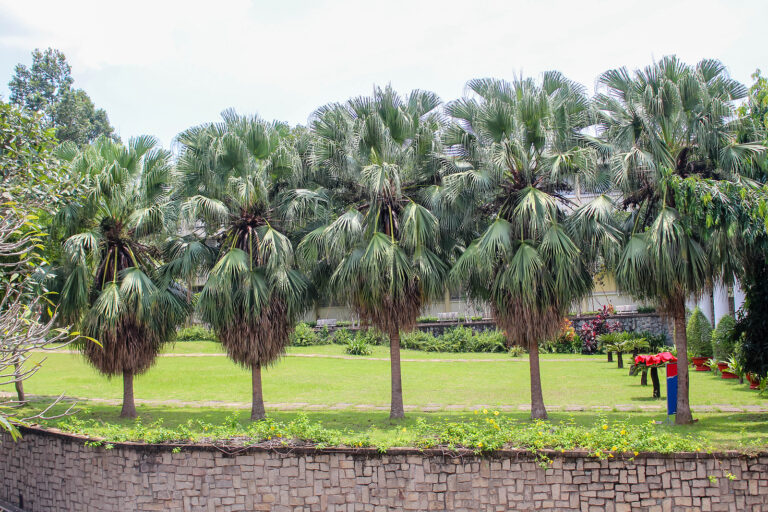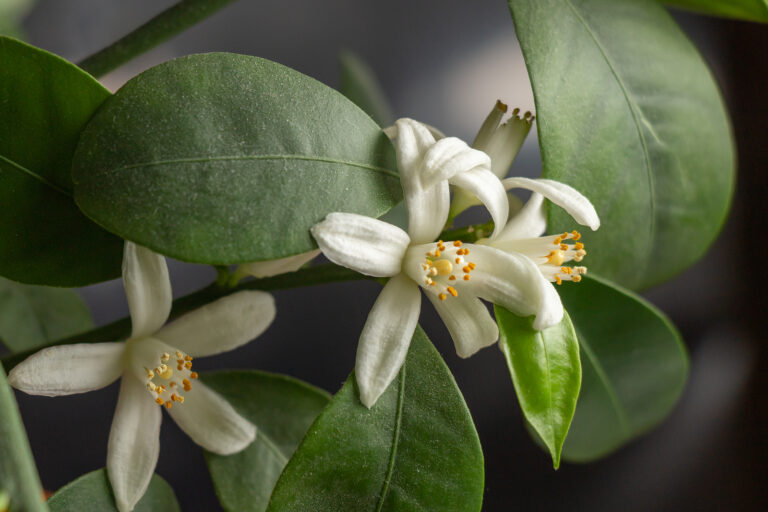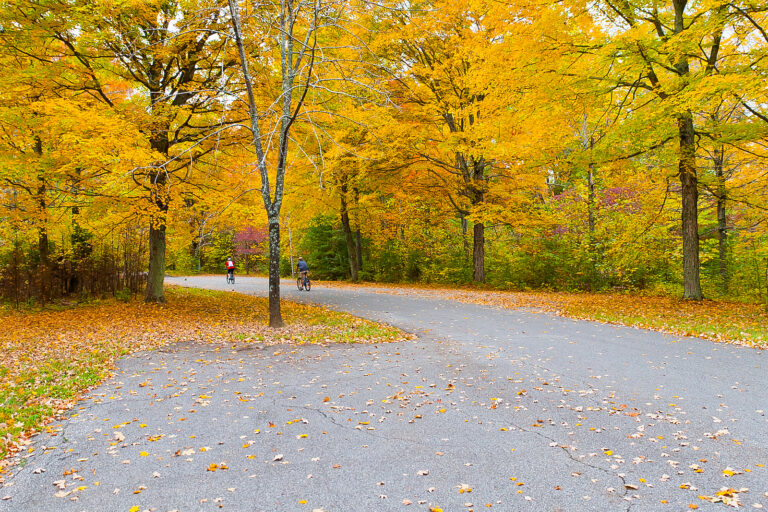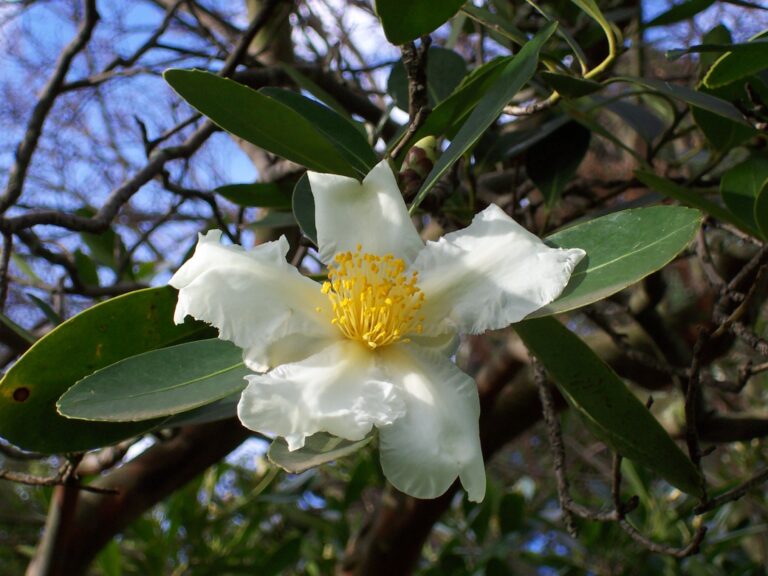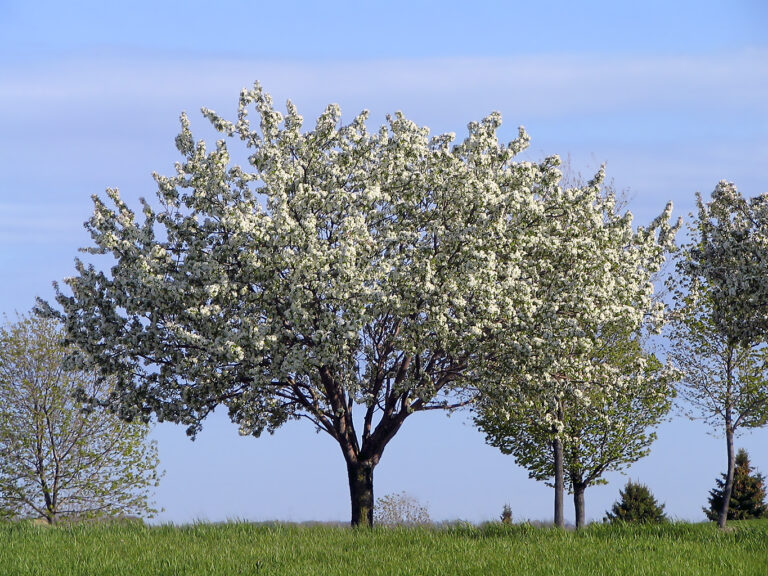How to Grow Catalpa
Catalpa is a large deciduous tree with a wide-spreading habit. It can grow to 50 feet (15m) tall and wide. Catalpa bear mid-green leaves that are ovate and heart-shaped at the base. White flowers are borne in upright panicles in summer. Slender bean-like pods follow the flowers.
Catalpa are well adapted to extremes of heat and cold, and to all soils. The wide-spreading habit and flowers are best seen when Catalpa is grown as a specimen tree.
Catalpa should be shaped when young. Establish a dominant shoot and then shorten side branches as the tree grows. When branching gets to the desired height, remove lower branches.
Two other species are sometimes confused with Catalpa. Desert catalpa is Chilopsis linearis. Paulownia tomentosa, empress tree, looks much like Catalpa, but it flowers in winter and Catalpa does not.
Catalpa is a genus of 11 species of deciduous trees from East Asia and North America. Catalpa trees are usually found on riverbanks and in woodlands.
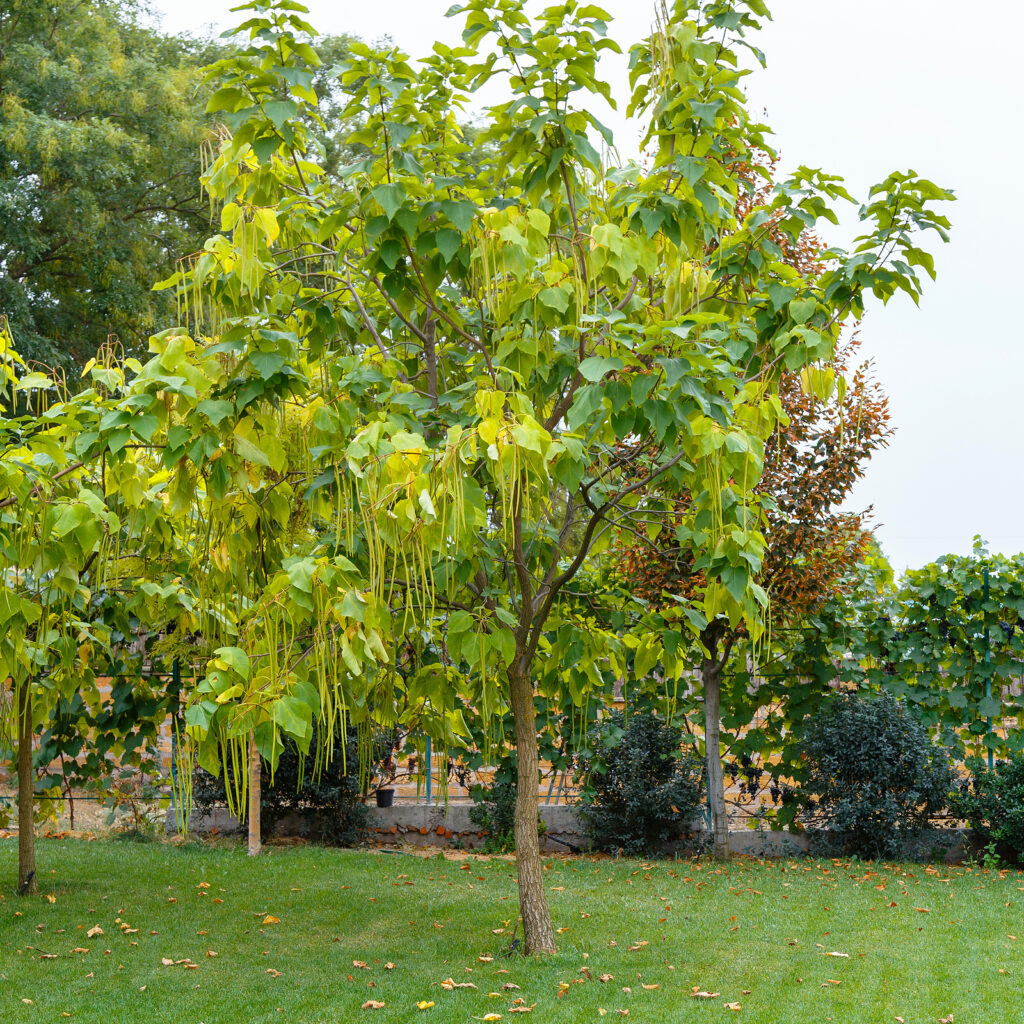
Get to know Catalpa
- Plant type: Deciduous trees
- Growing zones and range:
- Hardiness: Cold-hardy
- Height and width: To 50 feet (15m) tall and wide
- Growth rate: Medium growth
- Form and habit: Wide-spreading
- Foliage: Large leaves are opposite or in whorls of 3 are without teeth, usually unlobed or shallowly lobed
- Flowers: Large, bell-shaped, 2-lipped flowers, borne in upright, terminal panicles or racemes
- Fruits: Pendent, bean-like, narrowly cylindrical seed pods
- Bloom time: Late spring and summer
- Uses: Large shrub border, specimen tree
- Garden companions:
- Common name: Catalpa
- Botanical name: Catalpa
- Family name: Bignoniaceae
- Origin: East Asia and North America
Where to plant Catalpa
- Plant Catalpa in full sun to partial shade, sheltering from strong winds.
- Catalpa are unusually well adapted to heat and cold.
- Plant Catalpa fertile, rich, moist but well-drained soil, but will tolerate almost any soil, wet or dry, acid or alkaline, and salt spray.
When to plant Catalpa
- Sow Catalpa seed in a seedbed or in containers in an open frame in autumn.
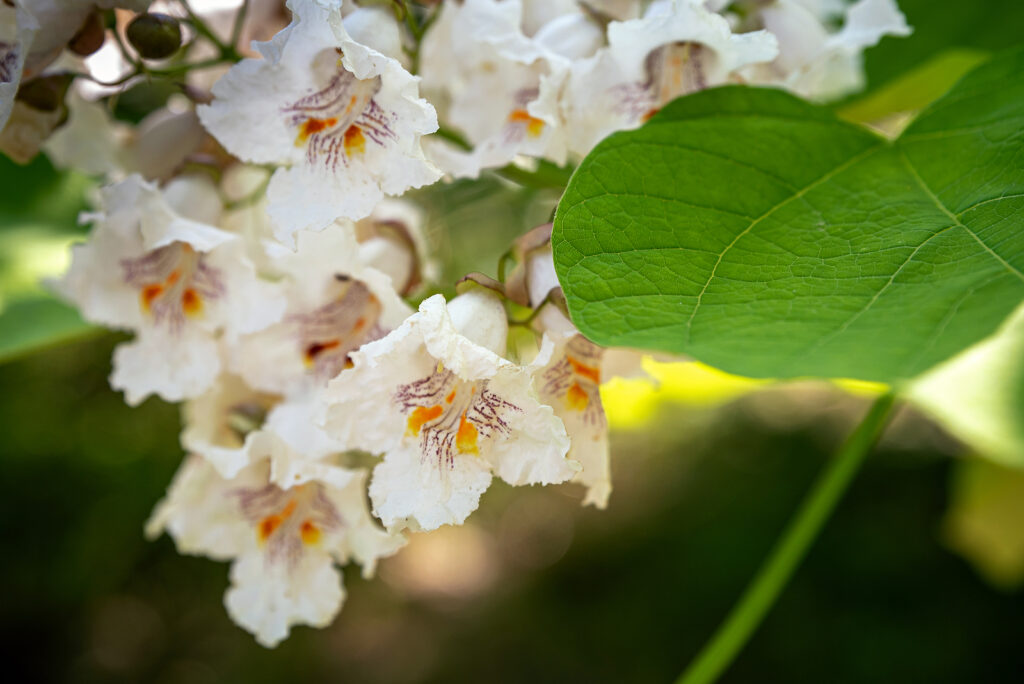
Planting and spacing Catalpa
- Plant Catalpa 50 feet (15m) apart.
How to water and feed Catalpa
- Give Catalpa regular to moderate water.
- Feed Bauhinia with an all-purpose organic fertilizer in spring.
How to care for Catalpa
- Prune Catalpa in winter.
- Catalpa need shaping while young, seldom develop a well-established dominant shoot.
- Shorten side branches as tree grows. When branching begins at desired height, remove lower branches.
Catalpa pests and diseases
- Catalpa are susceptible to attacks by mealybugs, whiteflies, scale insects, and aphids.
- Catalpa can develop powdery mildew, white rot, dieback, leaf spots, and anthracnose.

Catalpa propagation
- Root softwood cuttings in late spring or summer.
- Graft or insert root cuttings in winter.
- Bud in late summer.
Catalpa varieties to grow
- Catalpa bignonioides, Indian bean tree, Southern catalpa, spreading tree with broadly ovate, entire, mid-green leaves, heart-shaped at the bases, and to 10 inches (25cm) long. White flowers, to 2 inches (5cm) across, marked with yellow and purple-brown, are borne in upright panicles, 8-12 inches (20-30cm) tall. They are followed by slender pods, to 16 inches (40cm) long. To 50 feet (15m) tall and wide. Southeast United States.

